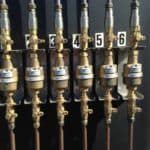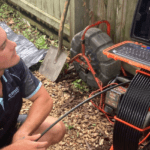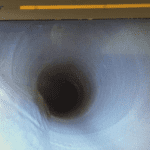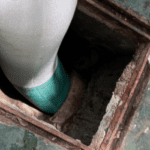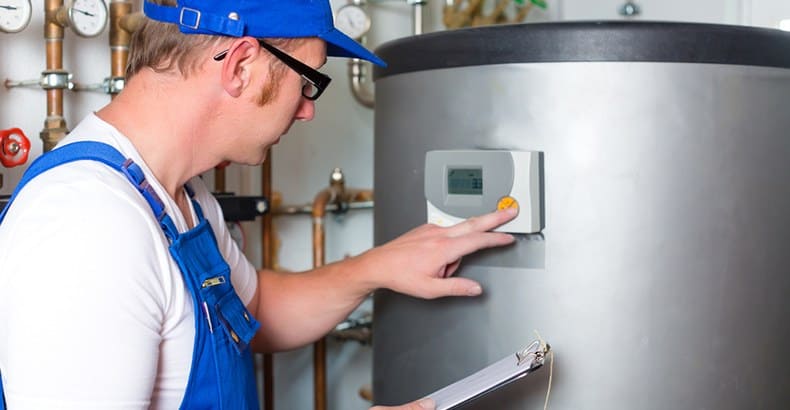
Do you know your obligations for thermostatic mixing valve maintenance and testing?
How hot is too hot? In Australia, hot water must be stored at a minimum of 60℃ to prevent the growth of dangerous bacteria. But at 60℃, water is hot enough to scald an unsuspecting person in just a few seconds. This is why Australian plumbing standards require hot water to be delivered to taps at a maximum of 50℃.
The conflict between the temperature requirements for storage and delivery is solved by installing thermostatic mixing valves. Thermostatic mixing valves (TMVs) are devices that control the delivery temperature of water from hot water systems, allowing the water to be stored properly but distributed to taps at a safe, constant temperature.
National standards require TMVs to be installed in facilities such as schools, early learning centres, aged care residences, respite centres and hospitals. These TMVs must be tested and maintained regularly to make sure they work correctly and are set at the right temperatures.
What is a thermostatic mixing valve?
A TMV is a valve that automatically controls the temperature of water. These valves are extremely precise and will take the 60℃ water coming from a hot water system and deliver it to the tap at a specified, constant and safe temperature.
TMVs are more complex and accurate than their simpler cousin, the tempering valve. Tempering valves are generally found in domestic residences and will usually distribute water at approximately 50℃. But in places where it’s essential for water to be delivered at safer temperatures of 42-45℃, TMVs provide a higher level of reliability and precision.
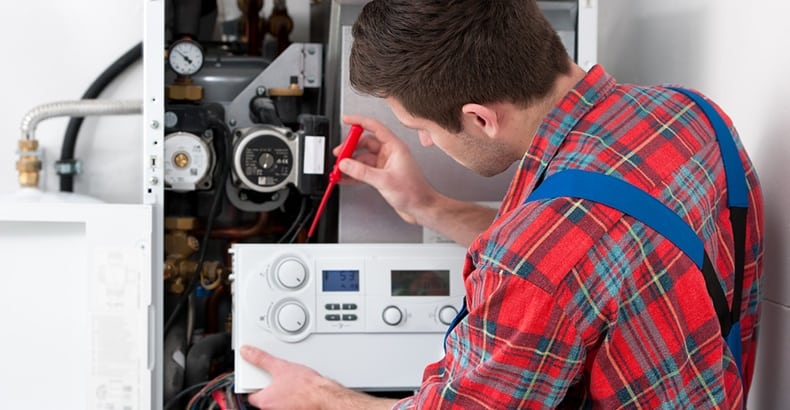
How does a thermostatic mixing valve work?
TMVs have an internal thermal element that calculates hot and cold water inputs to bring water to a preset temperature. They also have a failsafe mechanism to shut off the valve completely if either the hot or cold water supplies are interrupted. This safety feature is important in preventing scalds.
Who should be using thermostatic mixing valves?
Any facility that services vulnerable members of society, such as children, elderly people or people with disabilities, is required to have TMVs installed under the National Plumbing and Drainage code AS 3500. Examples of these facilities include:
- Early learning centres
- Primary and secondary schools
- Aged care residences
- Respite centres
- Hospitals
As part of this national code, hot water delivery systems in these facilities should not exceed 42-45℃. The specific temperature depends on the application—water going to kitchens may be a slightly different temperature than water being used for personal hygiene such as showers.
TMVs can also be used with residential hot water systems. New homes and new hot water systems will be installed with a tempering valve by default, but you can organise and pay for an upgrade to a TMV. Only TMV-endorsed plumbers can install TMVs, so make sure you ask your plumber whether they are qualified to perform the installation.
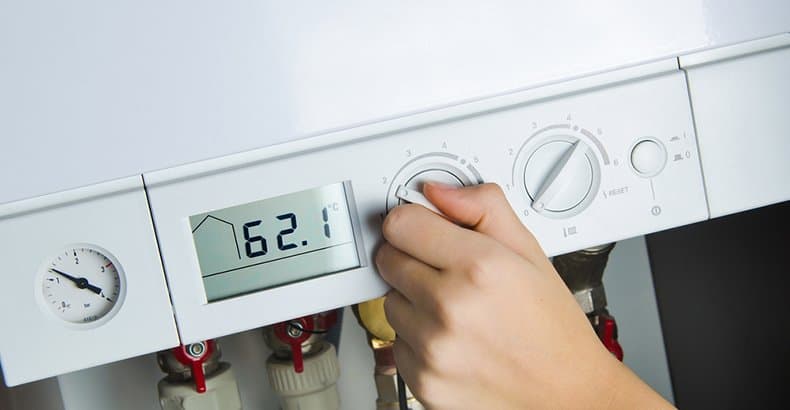
What are your obligations if you have thermostatic mixing valves?
Facilities managers need to organise testing and maintenance checks every 6 or 12 months, depending on the application of the valve.
What does TMV testing and maintenance involve?
When you book a plumber to perform the mandatory testing and maintenance for a TMV, you can expect them to first test the valve to determine it is working correctly. If the test fails, they will diagnose the cause of the problem and identify whether it needs to be repaired or replaced. They will then repair or replace as necessary.
TMVs are precise mechanical devices and only a TMV-endorsed Master Plumber should be completing TMV testing and maintenance. You can find TMV-endorsed plumbers on the Master Plumbers Association of Queensland website, or if you’re in the Brisbane area, you can book one of our trained Master Plumbers for your testing and maintenance.

